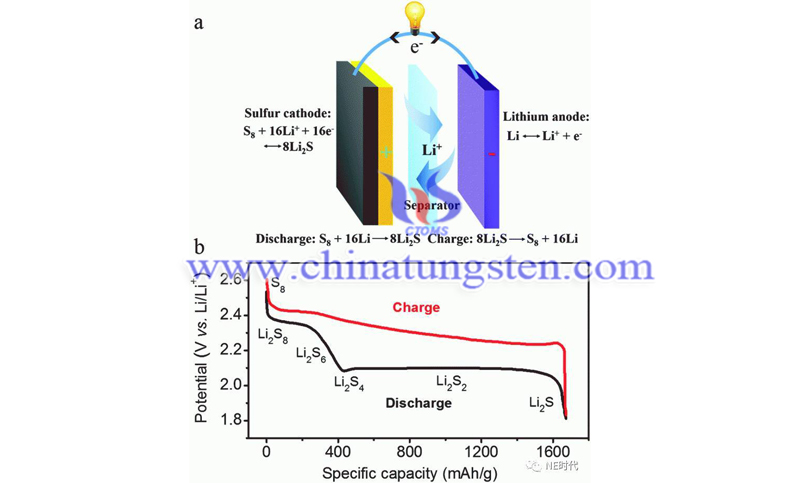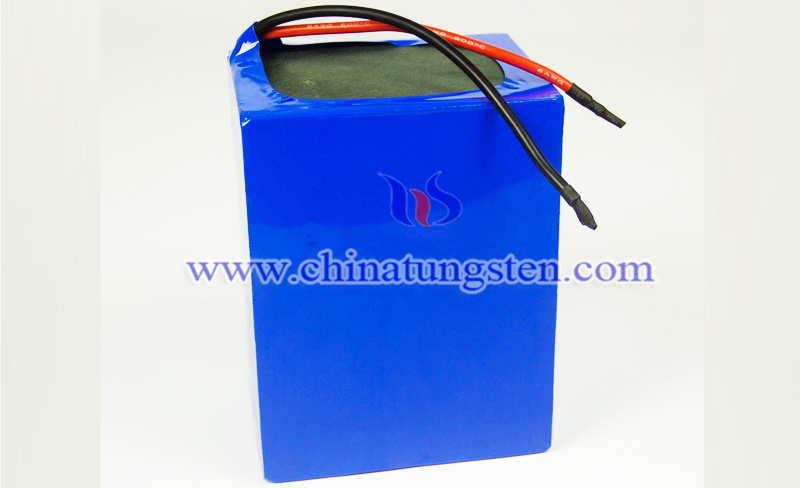Lithium-Sulfur Battery of OXIS is Close to 471Wh/Kg
- Details
- Category: Tungsten's News
- Published on Tuesday, 10 March 2020 21:02
New lithium-sulfur battery cell prototype of British OXIS Energy Limited (hereinafter referred as OXIS) has been successfully tested with an energy density of 471Wh/kg and is expected to increase to 500Wh/kg in the next 12 months. The energy density of the battery approaching 500Wh/kg is an important sign that can nearly double the current mileage of electric vehicles. Take the 2019 Tesla Model S long-endurance model with the longest mileage among currently sold electric models as an example.
The vehicle's pure-electric range is as high as 660km. According to public statistics on the Internet, the battery used is Panasonic's improved 3.1Ah battery with a model number of 18650 in 2011, and its average energy density is about 250Wh/kg. It is higher than the domestic average of 170Wh/kg for EVs, which is one of the reasons why Tesla models its own excellent battery life.

However, if Tesla's lithium-sulfur battery density can reach 471Wh/kg as described, in ideal conditions, the battery volume will be nearly doubled without changing the battery volume, which will double the mileage. The single endurance of electric vehicles will also exceed 1,000 kilometers. Furthermore, OXIS research scientists think they can extend both gravimetric and volumetric energy density towards 600 Wh/kg and over 800 Wh/L.
It is understood that the British battery company puts long provided 400Wh/kg batteries for customers in Europe, America, and Japan. Presently, the company is working with major European chemical partners to develop advanced lithium metal protection mechanisms to significantly improve the life cycle of lithium-sulfur batteries.

The company has also developed a standard Li-S battery module that it says saves production time and cost. The module was designed to be utilized in electric buses, trucks, and marine vessels. It features a fire-resistant carbon-fiber enclosure, modular design, and less than 20 percent non-cell mass.
Besides, the current OXIS battery technology has been successfully used in aircraft battery systems and has been tested on the ground. At the same time, the company has applied for key patents, mainly involving advanced lithium metal protection (ALMP) and solid-state lithium-sulfur battery technology. OXIS plans to double its cell production capacity in the UK in 2020 and has built a test center in Europe for aircraft and vehicle manufacturers to test Li-S cells.
- Rare Earth Manufacturer & Supplier, Chinatungsten Online: www.chinatungsten.com
- Tungsten News & Prices of China Tungsten Industry Association: www.ctia.com.cn
- Molybdenum News & Price: news.molybdenum.com.cn
- Tel.: 86 592 5129696; Fax: 86 592 5129797; Email: sales@chinatungsten.com



 sales@chinatungsten.com
sales@chinatungsten.com